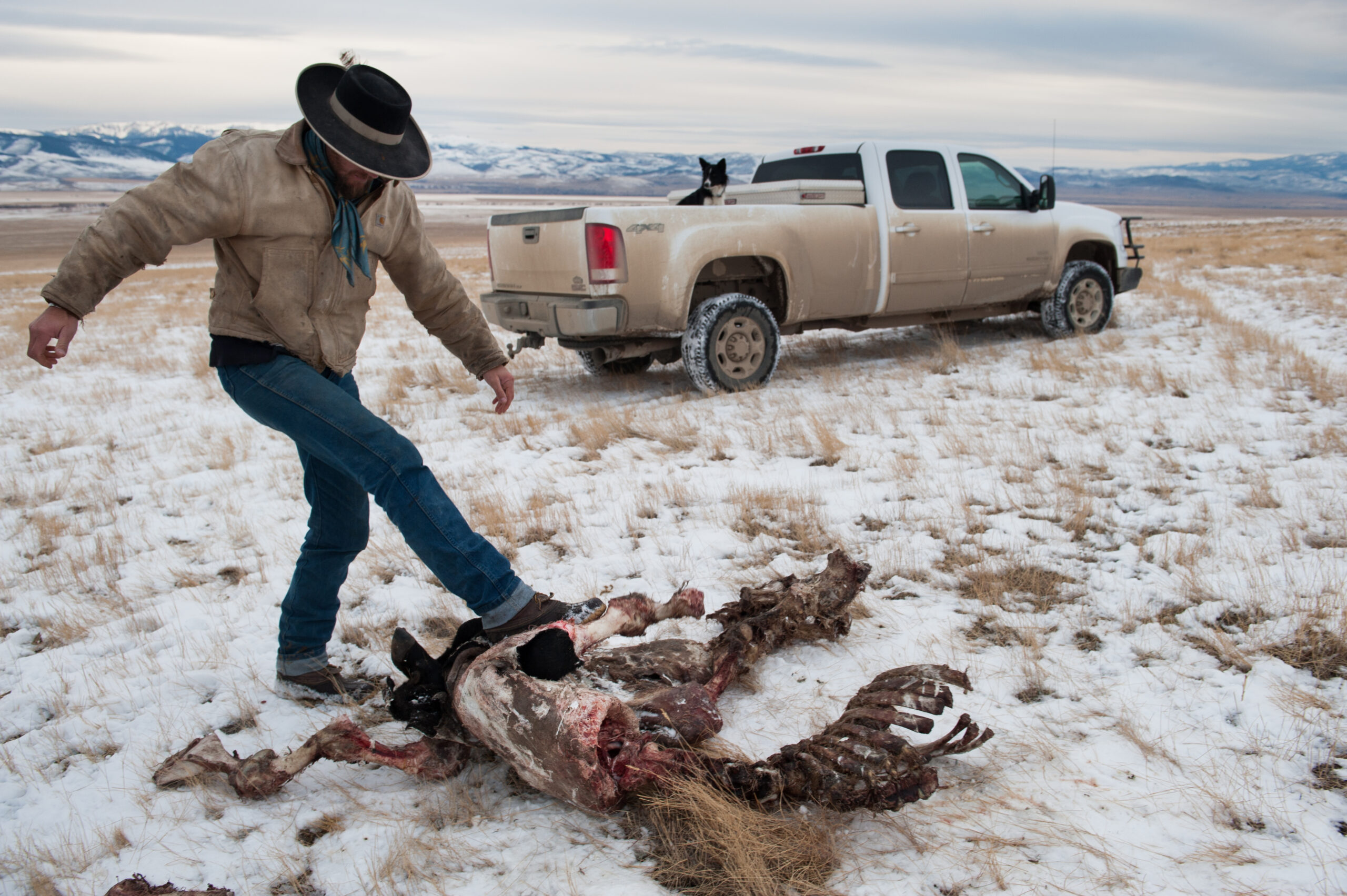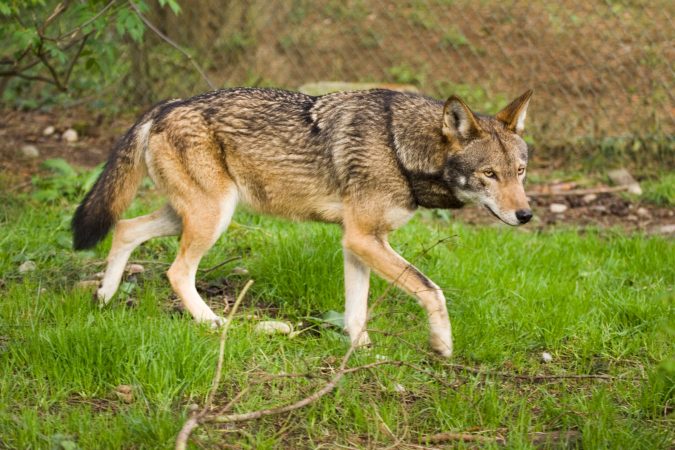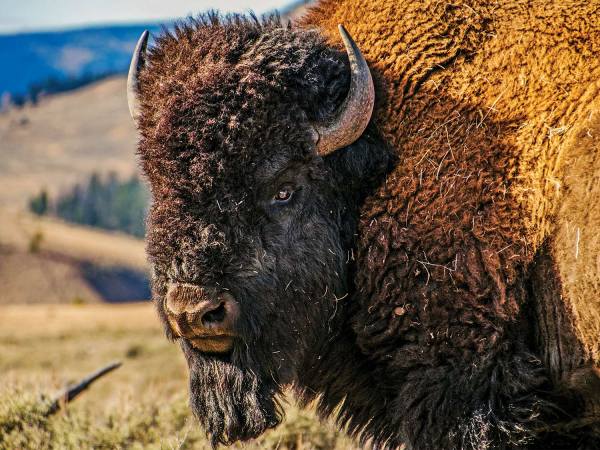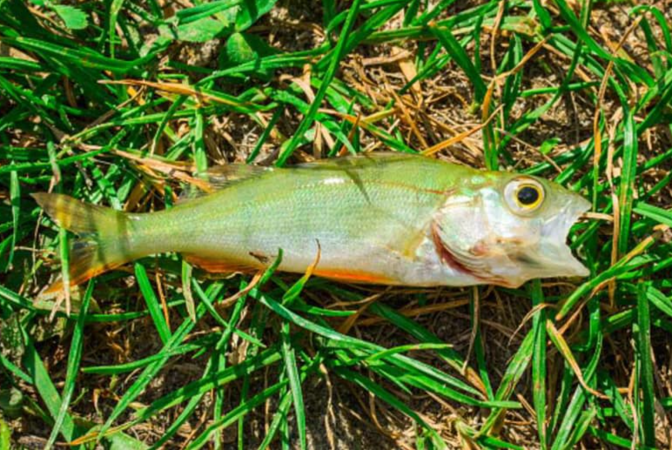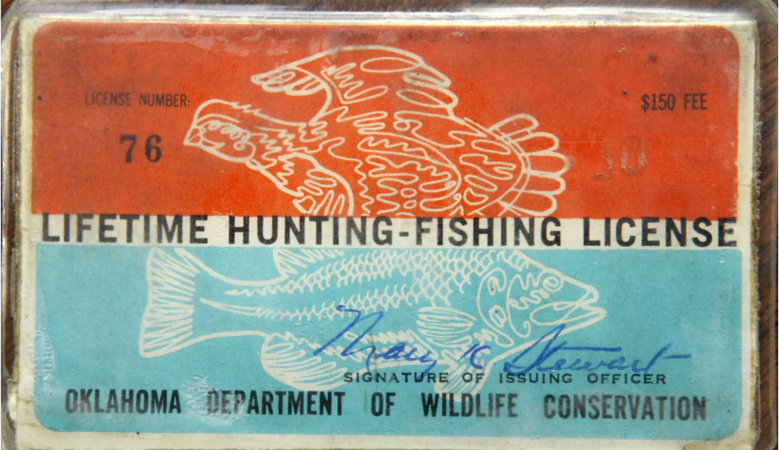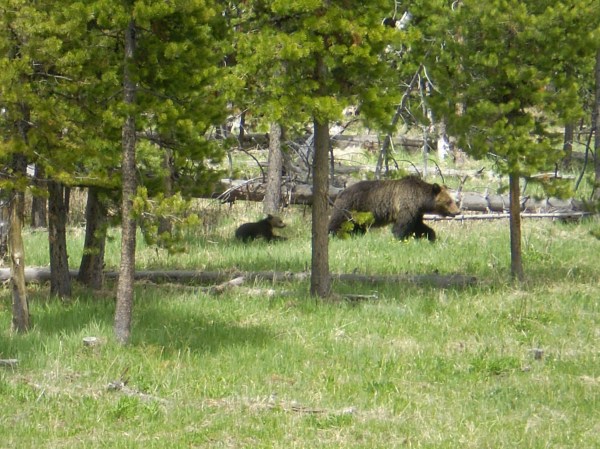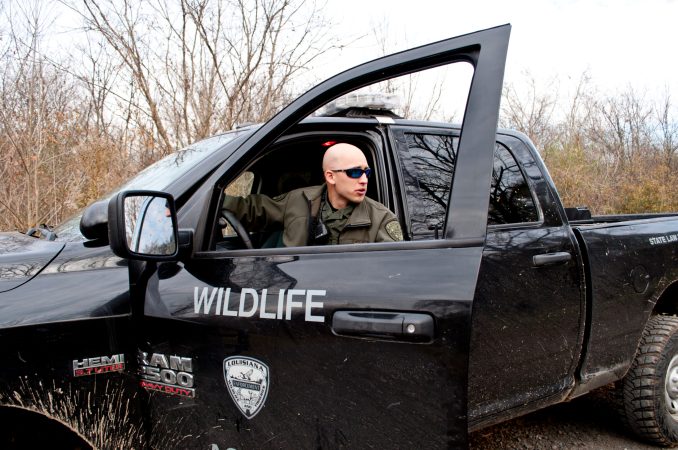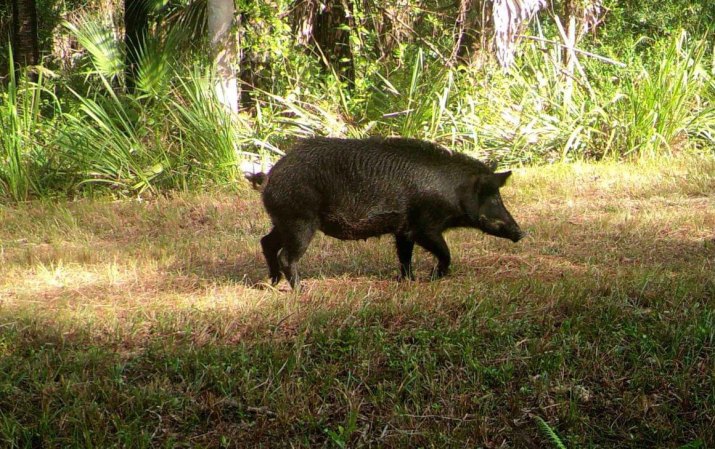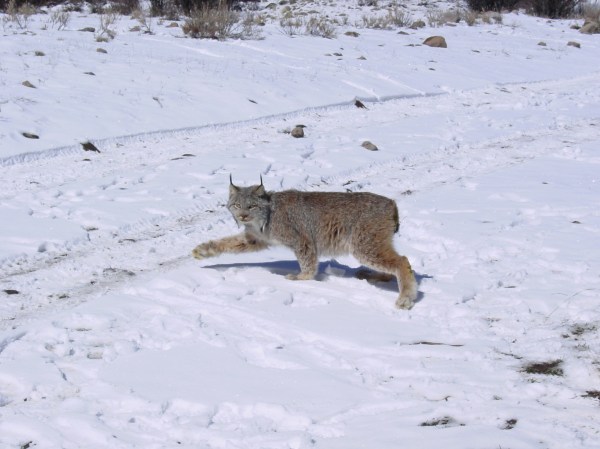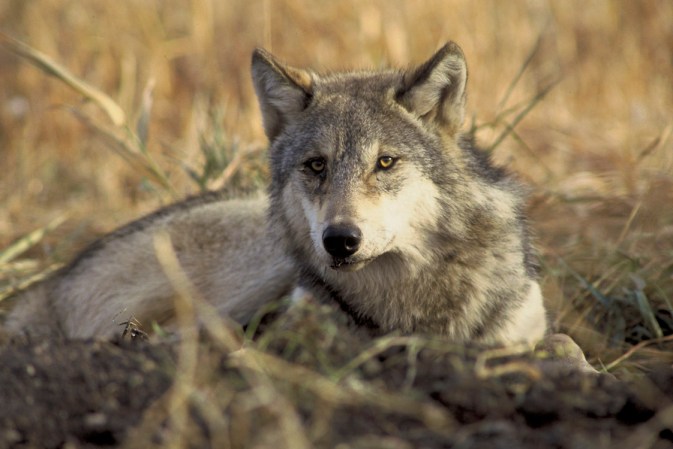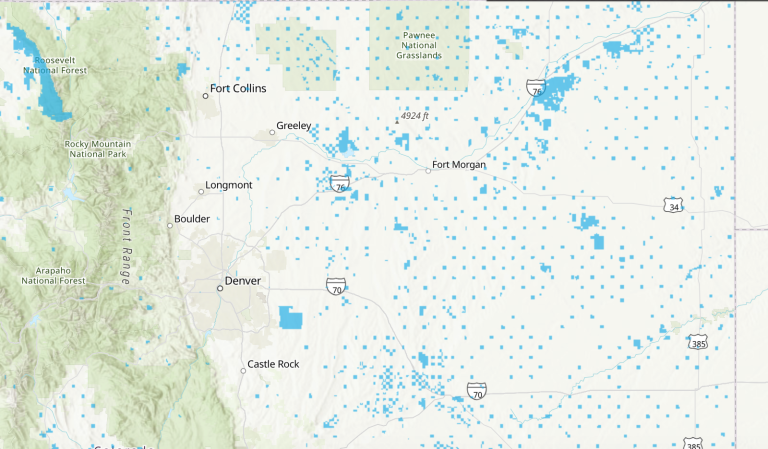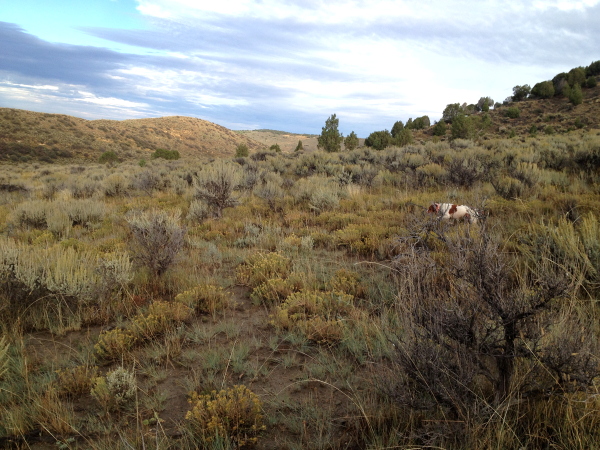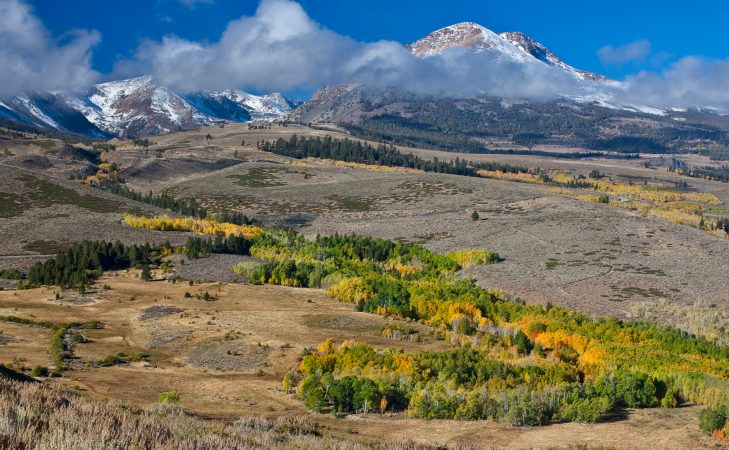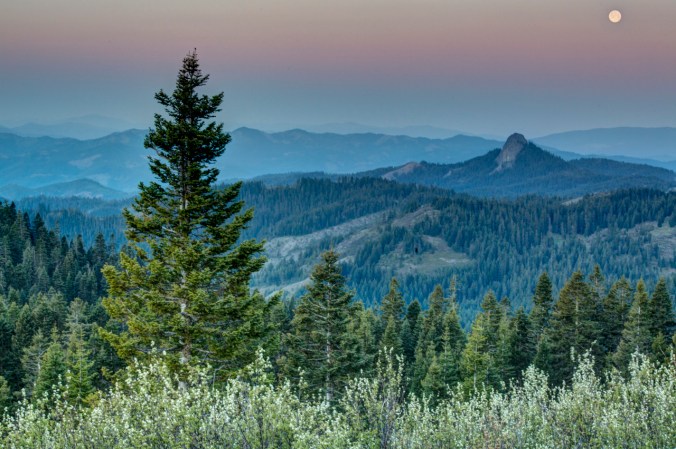The Colorado Parks and Wildlife Department has roughly 18 months to reintroduce gray wolves on lands west of the Continental Divide. As the agency puts together a reintroduction plan, the question of just how many wolves Colorado can realistically support is now the center of an ongoing debate.
Last month, a coalition of environmental and animal rights organizations criticized CPW’s reintroduction plan and released its own plan for wolf reintroduction in the state. The coalition, led by Wild Earth Guardians, said this was necessary because the department’s current plan is biased toward ranchers, trappers, and the state’s outfitting community.
Referring to the two working groups tasked with providing input to CPW, they argued that these groups have “tilted what should be an aspirational conversation towards a cynical one that has focused on livestock owner compensation, artificially limiting populations, and when, where, and how to kill wolves.”
The most obvious discrepancy between the two plans is that CPW is aiming for a population goal of roughly 250 wolves, while the plan proposed by wolf advocates pushes for a minimum population of 750 wolves on the state’s Western Slope. The newly proposed plan also says that gray wolves should be allowed to disperse east of the Continental Divide, and that CPW should consider reintroducing Mexican wolves in the southern part of the state.
Comparing the two plans highlights the stark contrasts between the many stakeholders involved in the reintroduction process. While wolf advocates argue for the maximum number of wolves on the landscape, Colorado’s rural communities are growing increasingly concerned about the prospect of living with wolves—a concern that has been exacerbated in recent months as wolf packs from southern Wyoming have made their way across state lines without any help from CPW. These communities are advocating for fewer wolves on the landscape and the ability to kill wolves that harass their livestock.
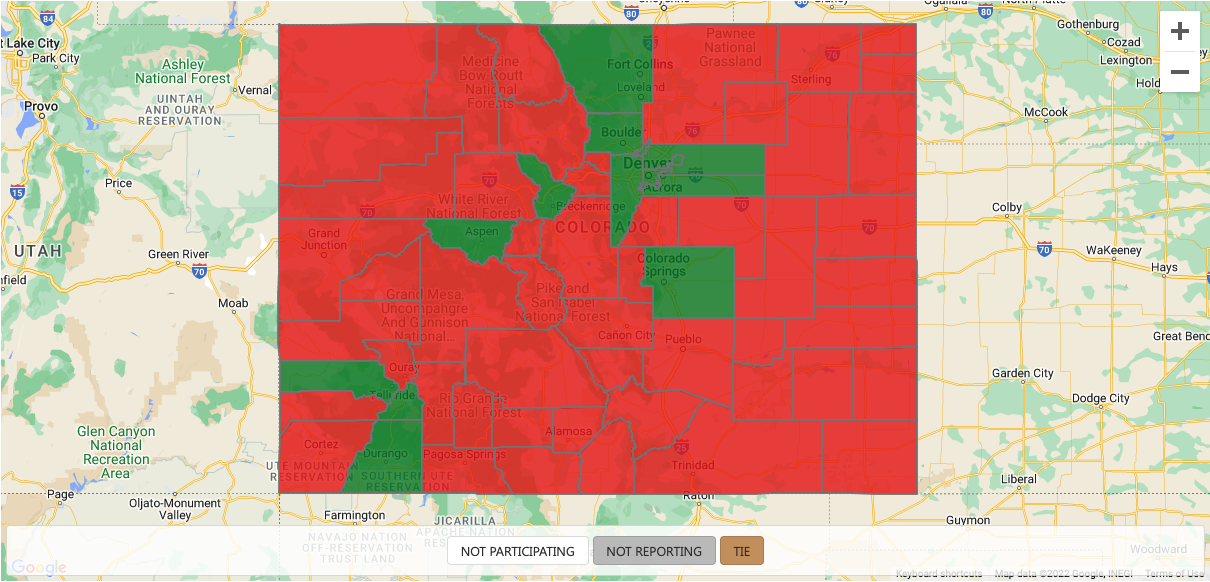
How Did We Get Here?
In the fall of 2020, Coloradans voted on legislation that would require CPW to reintroduce gray wolves into the state by the end of 2023. Proposition 114 passed by a margin of only 60,000 votes.
The breakdown of these votes fell largely along geographical lines. Urban residents in the Front Range carried the pro-wolf vote, while residents of the state’s more rural Western Slope voted overwhelmingly against their reintroduction. The irony here is that unlike the rural voters in the Western part of the state, the Front Range residents who supported wolf reintroduction won’t have to deal with wolves living in their own backyard.
In an effort to balance these conflicting views, CPW created two working groups to help guide the reintroduction process. The technical working group includes wildlife experts and agency professionals, and its focus is on outlining the plan’s conservation objectives. The stakeholder advisory group is comprised of livestock owners, outfitters, and environmentalists, who are speaking up for the needs of different communities throughout Colorado.
“I think CPW has done a good job of putting a well-represented stakeholder group together. It’s got a lot of diverse opinions,” says Adam Gall, a member of the stakeholder advisory group. “Everyone is respectful. They’re passionate about their opinions. Everyone has invested a lot of time and energy.”
Gall, a former wolf biologist who now runs Timber to Table Guide Service in Hotchkiss, highlighted how hard the members of the stakeholder groups have worked to construct their reintroduction plan. Gall noted that although the groups have made significant progress, creating a plan that people can agree on has been a challenge.
“I mean, you’re talking about people’s livelihoods being jeopardized, you know, whether it’s an outfitter or a livestock producer,” says Gall. “It’s those types of potential impacts that require a lot of thorough discussion and an exhaustive conversation trying to figure out what’s the best approach and what’s the best tools to give CPW from a management standpoint, so they can respond and react accordingly.”
A Community at the Center of Debate
In June, the Western Landowners Alliance and the North Park Stockgrowers Association organized a meeting in Walden, Colorado, where they discussed some of challenges of living with wolves. The event brought together more than 40 ranchers from Northern Colorado with decades of experience tending their lands west of the divide.
“Colorado livestock producers are now carrying the burden for America’s interest in wolves,” rancher Cat Urbugkit told the group.
Urbugkit shared a few tactics for deterring wolves, including guard dogs and flashing lights, but noted that these deterrence mechanisms will only work to “minimize the damage”—which is something the local community is all too familiar with.
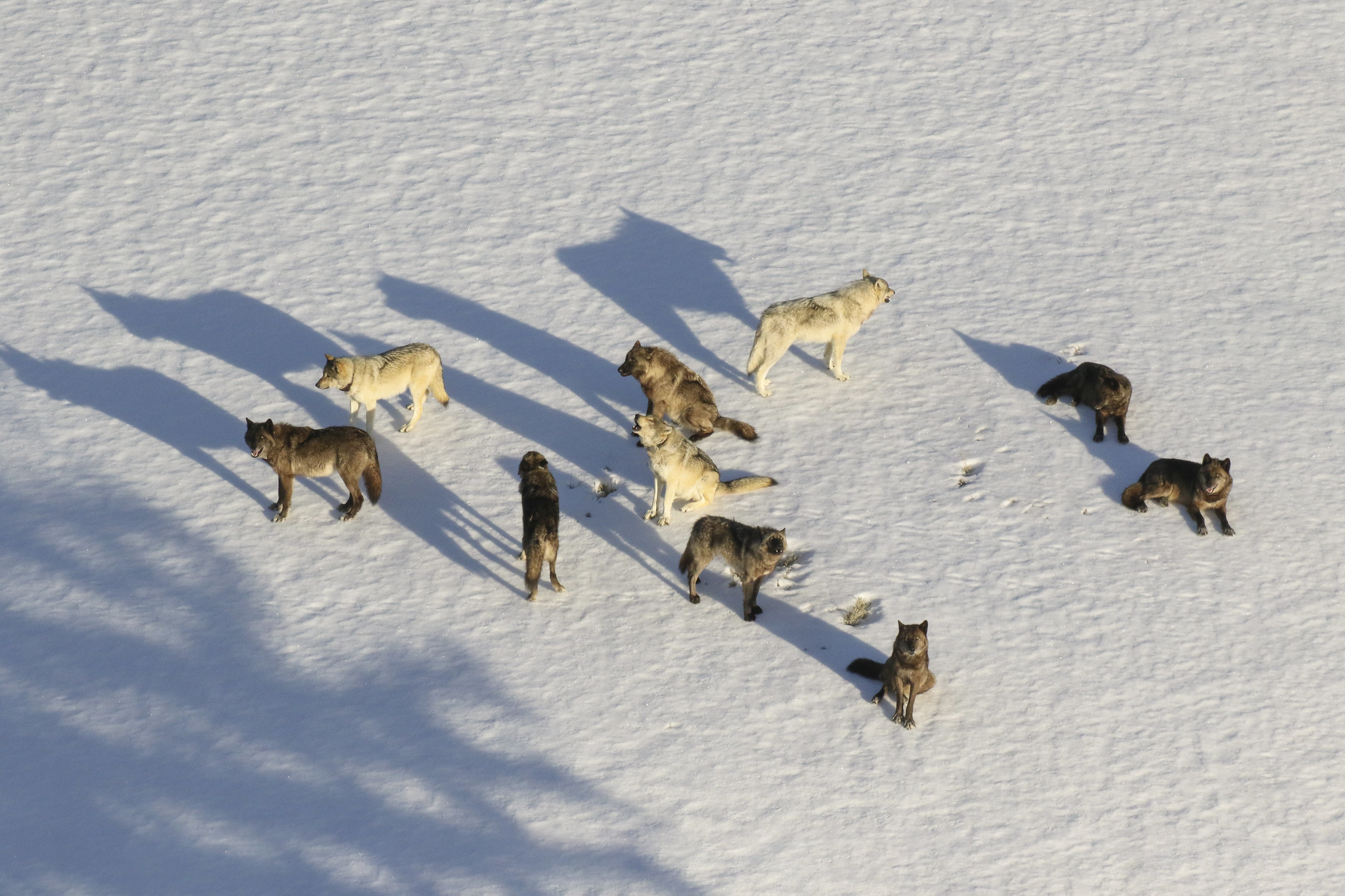
That’s because this winter, a wolf pack naturally migrated south from Wyoming and killed a calf on the Gittleson Ranch outside Walden, Colorado. The event marked the state’s first confirmed livestock kill by wolves in nearly 70 years, according to the Colorado Cattlemen’s Association.
But it was just the beginning. Two more depredation events occurred in the county over the next thirty days, and over the following five months, Gittleston would lose five more cows to the North Park wolf pack.
“I’ve lost more animals to predators in the last six months and more animals to wolves than I have to any other predator in 40 years,” Don Gittleson told The Colorado Sun in June. “And I’m not sure it’s over yet.”
Although wildlife agencies and managers provided Gittleston and other ranchers with non-lethal deterrence mechanisms, such as flagging and burros, the wolves have continued to harass livestock in the county. These repeat events have frustrated the local community, and many fear that bringing additional wolves onto the landscape will only lead to more issues.
In an interview with Outdoor Life, Adam VanValkenburg, a fourth-generation rancher in North Park and president of the NPSA, described the local community’s frustration.
“The ranchers and the community have done a lot of work to help prevent more depredations, but depredations still happen,” says VanValkenburg. “Our important thing is lethal control. Not in the sense of going on hunting expeditions, but having the ability to kill wolves preying on our cattle.”
Not surprisingly, these calls for lethal control are the major flashpoint between the livestock community and environmentalists in the state. Ranchers see it as a necessity, while wolf advocates view lethal removal as a last-ditch option.
“Wolves can only fulfill their ecological role if their family groups are intact and not disrupted by human persecution,” says Delia G Malone, wildlife chair for Colorado Sierra Club. “Where wolves are protected from recreational killing and lethal control, their benefits reach to enhancing biodiversity, improving climate resilience, and even enriching our own lives.”
VanValkenburg, meanwhile, points to the valuable role that ranchers play in Colorado. The livestock industry contributes roughly $5.14 billion annually to the state’s economy, according to the USDA. More than half of the agricultural lands in the state are dedicated to livestock production, and most of these farms are smaller operations that bring in less than $10 thousand a year in economic revenue. A lot of these ranchers can’t afford to lose many animals to wolves—especially when they are already dealing with the effects of a changing climate, wildfires, drought, and development pressures.
“We are stewards of the land,” says Vanvalkendburg. “If the land is sick, we are sick.”
How Many Wolves Are Coming to Colorado?
Based on its current proposal, CPW has separated wolf reintroduction into three distinct phases. The first phase involves reintroducing eight to 10 wolves annually while keeping the species listed as endangered. For managers to reclassify wolves into phase two, which would change their status to threatened, there would need to be 50 wolves in Colorado for four consecutive years.
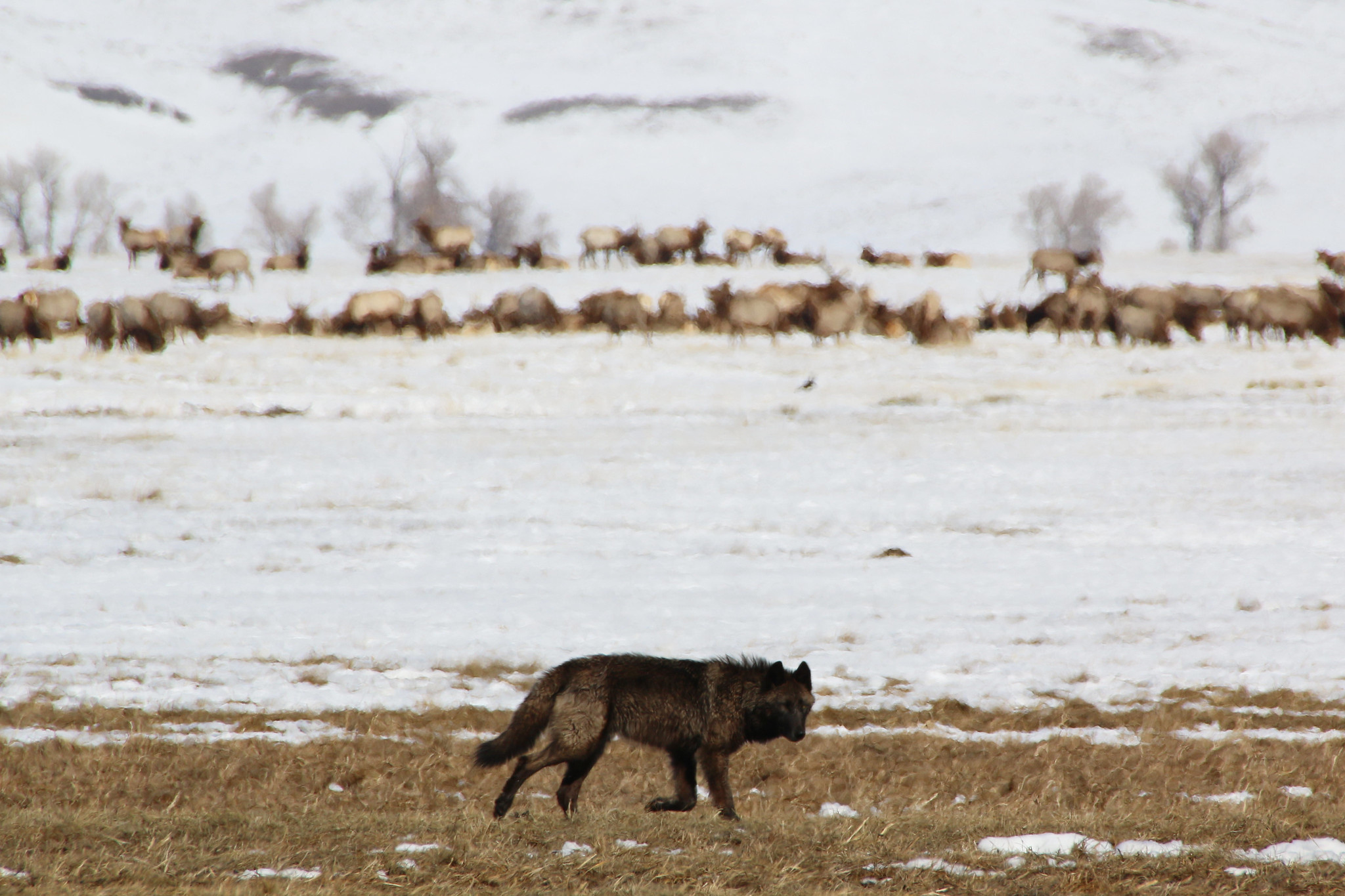
In the final phase of CPW’s reintroduction plan, which would reclassify wolves as a non-game species, there would need to be 150 wolves in Colorado for two consecutive years or 200 wolves at any one time.
Overall, the state agency is proposing a reintroduction goal of 200 to 250 wolves over time. This number acts as more of a baseline, and once populations reach non-game status, CPW will have more options for managing the species. At that point, the state would likely start considering the regulated hunting of wolves as a management tool.
Wolf advocates in the state say these numbers wouldn’t be enough to sustain the gray wolf population in the long-term. Their proposal also has three different phases for wolf reintroduction in the state, but it seeks to put at least three times as many wolves on the landscape in roughly the same amount of time.
The plan being touted by Wild Earth Guardians would involve the introduction of 13 different breeding pairs in 12 pre-defined zones. For managers to reclassify wolves from endangered to threatened, the plan calls for either 30 breeding packs or 300 wolves in the state for four consecutive years. In order for the species to be reclassified as a non-game species under the WEG proposal, the state’s wolf population would have to hold steady at 750 or more for four consecutive years.
“Part of the overall goal and vision [of this plan] was to elevate the benefit of having wolves on the landscape,” says Andrea Zaccardi, carnivore conservation legal director for the Center for Biological Diversity. “We are emphasizing that 750 wolves, or 150 packs, would be necessary to have a self-sustaining population of wolves in Colorado.”
The CBD has explained that it’s basing its population threshold on carrying capacity calculations and past research, including a study from the 1990s, where the University of Wyoming researched the suitability of wolves in Western Colorado and concluded the habitat suited 1,128 wolves. Although the work is dated, the CBD maintains that these studies still provide a good framework for restoring wolves throughout the state.
“Colorado supports the largest herd of elk in the United States,” the groups point out in their plan, “creating a prey base far more abundant than that found in Yellowstone National Park.”
Meanwhile, some members of the stakeholder advisory group are focusing less on carrying capacity and more on the social tolerance of wolf reintroduction. They say that only time will tell how many wolves Colorado can realistically support.
“The approach we’re trying to take with the plan is a kind of a live and let live ideology,” explains Gall, the former wolf biologist and current hunter. “If wolves are at 1,000 in the state, and they’re not causing problems from a social and biological standpoint, there can be 1,000 wolves.”
